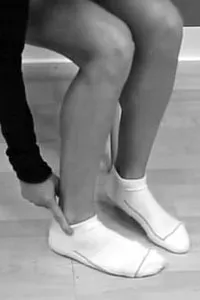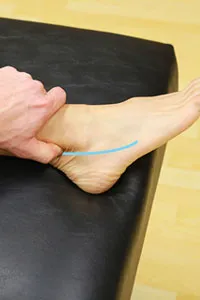What is Fascial Distortion Model® (FDM) to Me?

Ouch!
Ankle Pain? Shoulder Hurts? Neck Pain? Tennis Elbow? We can help you.

FDM Assessment
During your first visit with an FDM provider they will walk you through an in depth clinical assessment. This gives them a chance to survey the current state of your injury or pain and evaluate its cause.

FDM Treatment
This clinical assessment is followed by hands-on soft tissue and joint mobilization to help with the healing of the painful areas and their surrounding damaged tissues. If necessary you might be prescribed personalized stretching regiments and exercises.

Road to Recovery!
These are important to help keep other injuries from happening and speed up your recovery. Your health is important to us. So, not only do we want the best possible outcomes for you, but we also take your feedback and results to heart.
Why FDM?
We have identified six different types of fascial distortions that all contain their own distinct form of correction. Experiences of discomfort during treatment should be expected although in most cases the patient is able to acknowledge that the discomfort during treatment ‘hurts good’.
Treatments can include ironing out fascial seams, smoothing out fascial coils, reversing fascial transition zones on attachment points, minimizing protruding tissue through fascial planes, unfolding and refolding fascial folds and releasing fixated joints. The patient’s presentation along with the FDM assessment will dictate and identify the type of fascial distortion involved and the proper corrective technique will then be utilized.
